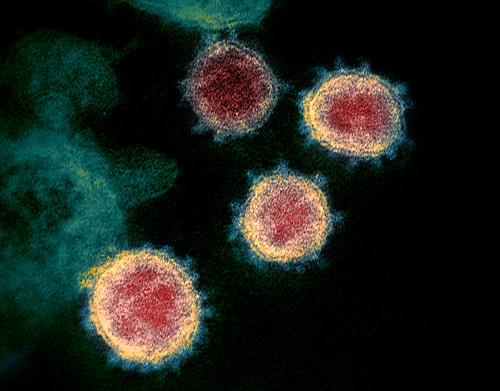Has novel coronavirus mutated into a more deadly strain?

The novel coronavirus has evolved into two major subtypes, according to latest research findings of Chinese scientists.
The two major subtypes are named L and S. The L type, covering 70 percent of the strains examined, is more aggressive and was more prevalent in the early stages of the outbreak in Wuhan, Hubei province. Instances of the S type, which is older and less aggressive, has increased in frequency lately, thus possibly explaining the disease's slowing momentum in China.
However, the authors noted the data examined in the study was very limited. How these mutations would affect the transmission and pathogenesis of the virus are still unknown.
A virologist in Beijing who spoke on condition of anonymity said, "It is still too early to say if the virus has mutated into something more sinister or more benign."
The conclusion is still speculative at this stage, and there's no evidence yet showing which type of virus is more likely to be transmitted or lead to severe symptoms to people infected.
Please feel free to contact us by sending your questions to question@chinadaily.com.cn or commenting on China Daily app. We will ask experts to answer them.














